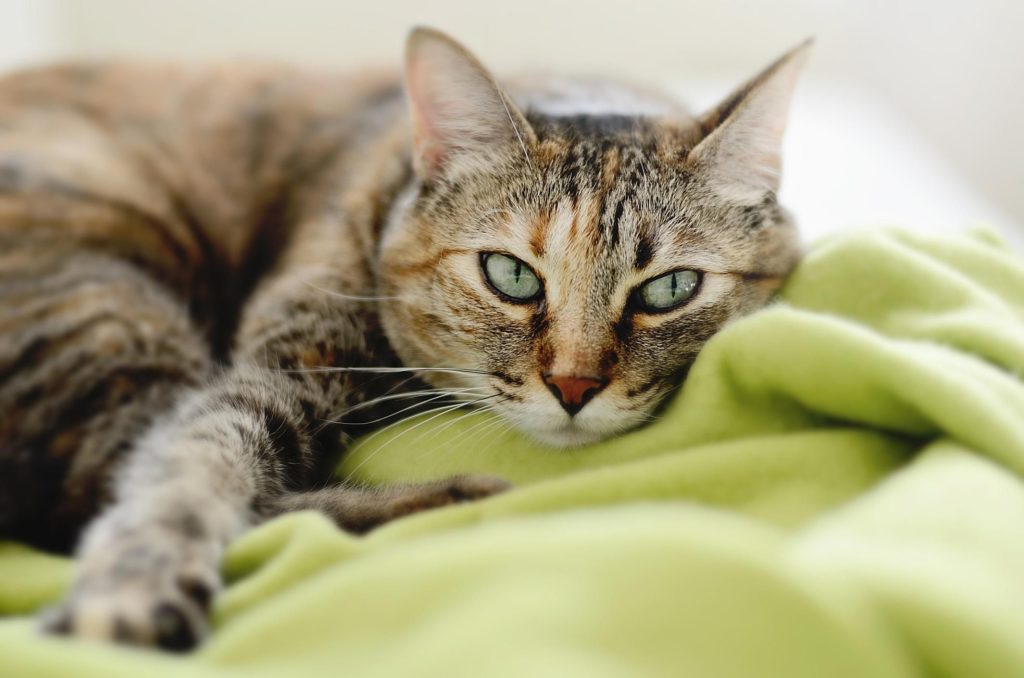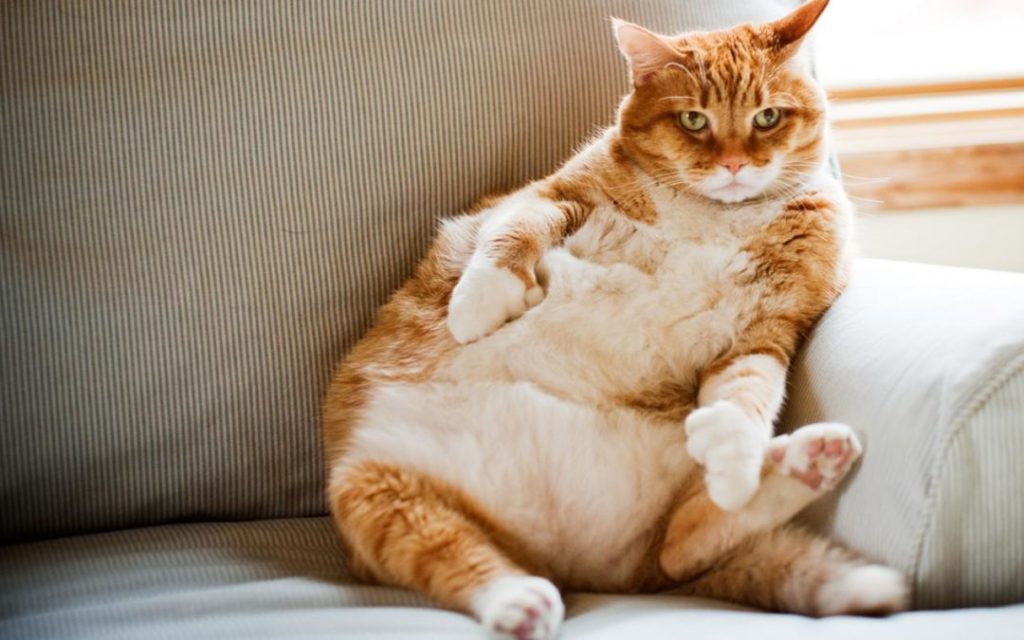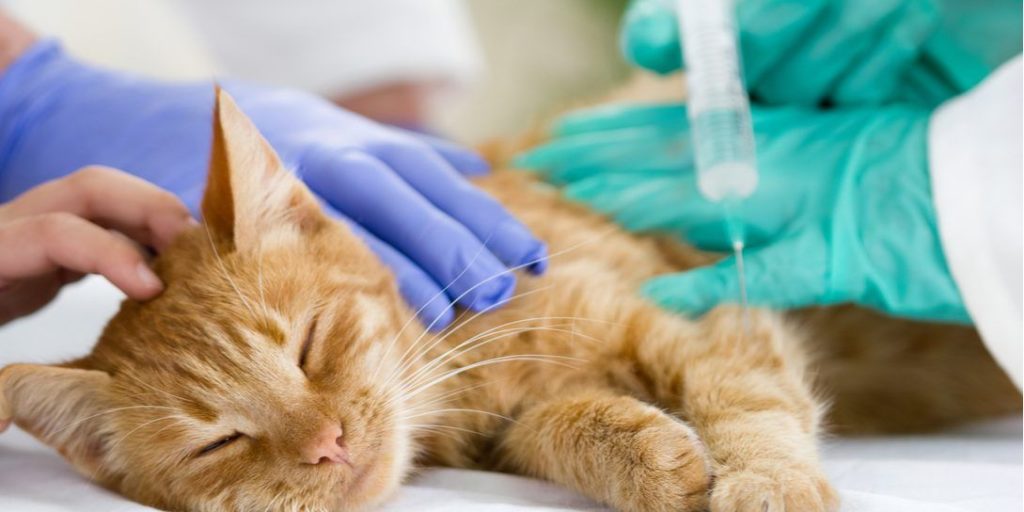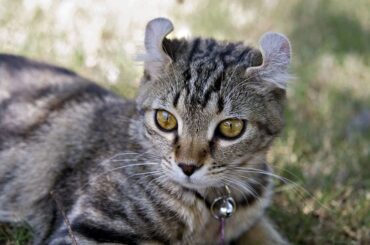Diabetes mellitus is a disease in which the body does not produce enough insulin, or cannot use insulin properly, causing high levels of blood sugar. in this article, we will be discussing the 5 Signs Cat with Diabetes – Symptoms, Treatments, Prevention, and Diet
Cats have a different reaction to insulin than humans. When insulin is present and functioning normally, glucose is transported from the blood into the tissues so it can be used as energy. In cats with this disease, this process does not work correctly. Instead of transporting glucose into the cells to produce energy, their bodies are in a state of relative starvation.
The main cause of diabetes mellitus is obesity. The most common cause of disease in cats is insulin resistance, which is an inability to produce enough insulin to balance blood sugar levels. This in cats is caused by a number of factors, including obesity, a sedentary lifestyle, age, steroid medications, and genetics.
Table of Contents
Types of Cat with Diabetes
There are two types: type 1 and type 2. Type 1 is more common and has no known cause; it usually appears at an early stage and is caused by the pancreas not producing any insulin.
Type I diabetes, which is known as insulin-dependent diabetes, is rare in cats. Type I diabetics are unable to produce the level of insulin that their bodies need. It is a rare form of the disease seen in only 1 to 2% of all diabetic cats.

The most common type of diabetes in cats is Type II diabetes. This kind of disease, where the pancreas does not produce enough insulin or the body does not use the insulin it produces properly, is commonly seen in cats.
Type 2 Cat with Diabetes is when the body becomes less and less responsive to insulin, the hormone that allows cells to take sugar in from the bloodstream. Thus, even with enough insulin present in the blood, sugar cannot be taken in by the cells. This form of disease most commonly develops in overweight or obese cats as they get older.
Signs and Symptoms of Cat with Diabetes
If your Cat with Diabetes is not treated, it can lead to a life-threatening condition. In the early stages, you may notice symptoms such as increased thirst and urination. But if you don’t treat your cat, its disease may lead to a diabetic coma or death from kidney failure. Others include increased appetite; weight loss with advanced or severe disease, a kitty may be lethargic and otherwise act ill. They may vomit, lose their appetite, develop weakness in the hind limbs, or show other symptoms of being unwell.

Diagnosis of Diabetes
This is diagnosed in its early stages with the presence of the typical clinical signs in the face of persistent fasting hyperglycemia and glucosuria, which can be confirmed by performing full bloodwork and a urinalysis. A blood sample can be taken to perform a serum fructosamine test, which shows that the patient’s blood glucose has been raised.
Management
Taking care of a cat with diabetes is a major, lifelong commitment that requires consistent, open communication with your veterinarian. With the right treatment and at-home management, cats diagnosed with diabetes can live healthy and happy lives without their diabetes shortening their life expectancy.
Give daily insulin injections. Cat with Diabetes cannot be managed through oral medications. So cats with this disease usually get insulin shots 1 or 2 times per day.

The most important part of managing this disease in cats is nutrition. You may consider changing your cat’s diet to help regulate their glucose levels and promote weight loss, as obesity can complicate diabetes management. This often involves switching your cat to a high-protein, low-carbohydrate diet.
Set up an exercise schedule. Moderate amounts of exercise can positively impact one’s health, and help regulate blood sugar levels. Playing with your cat’s favorite toys will also help.
Take your cat to the veterinarian. Your kitty needs regular check-ups and vaccinations for his health and to ensure that he remains safe and healthy around your children and other pets.




